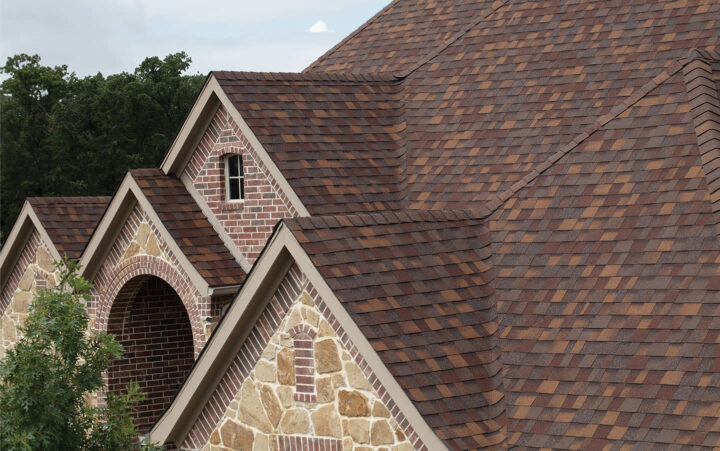



Choosing The Right Color Shingles
For Your Home
The color of shingles on your roof plays a significant role beyond aesthetics, impacting energy efficiency, longevity, and overall home comfort. When selecting shingle colors, homeowners should consider factors such as climate, energy costs, and the architectural style of their home.
Energy Efficiency and Temperature Regulation
The color of your roof shingles can significantly affect the temperature of your home. Dark-colored shingles absorb more heat from the sun, leading to higher attic temperatures. This can increase cooling costs in warmer climates as your air conditioning system works harder to maintain a comfortable indoor temperature. Conversely, light-colored shingles reflect more sunlight, keeping your roof cooler and reducing the strain on your cooling system. According to the U.S. Department of Energy, reflective roofing materials can lower roof temperatures by up to 50°F, translating to a reduction in cooling energy use by 10-15%.
Longevity and Durability
Roof longevity can also be influenced by shingle color. Dark shingles are more prone to heat damage over time, which can accelerate wear and tear, leading to a shorter lifespan for your roof. In regions with intense sunlight and high temperatures, light-colored shingles are generally more durable as they experience less thermal expansion and contraction. This reduces the likelihood of cracking and other heat-related damage.
Climate Considerations
The local climate plays a crucial role in deciding the optimal shingle color for your roof. In hotter regions, where cooling costs are a major concern, lighter shingles are often preferred for their energy-saving benefits. While in colder climates, darker shingles can help to absorb heat and potentially reduce heating costs, although the effect is less pronounced than the cooling benefits provided by light shingles in warm climates.
Resale Value
The choice of shingle color can also impact the resale value of your home. Potential buyers often consider the roof’s appearance and its effect on energy costs. A well-chosen roof color that complements the home’s design and improves energy efficiency can be a selling point, potentially increasing your home’s market value.






